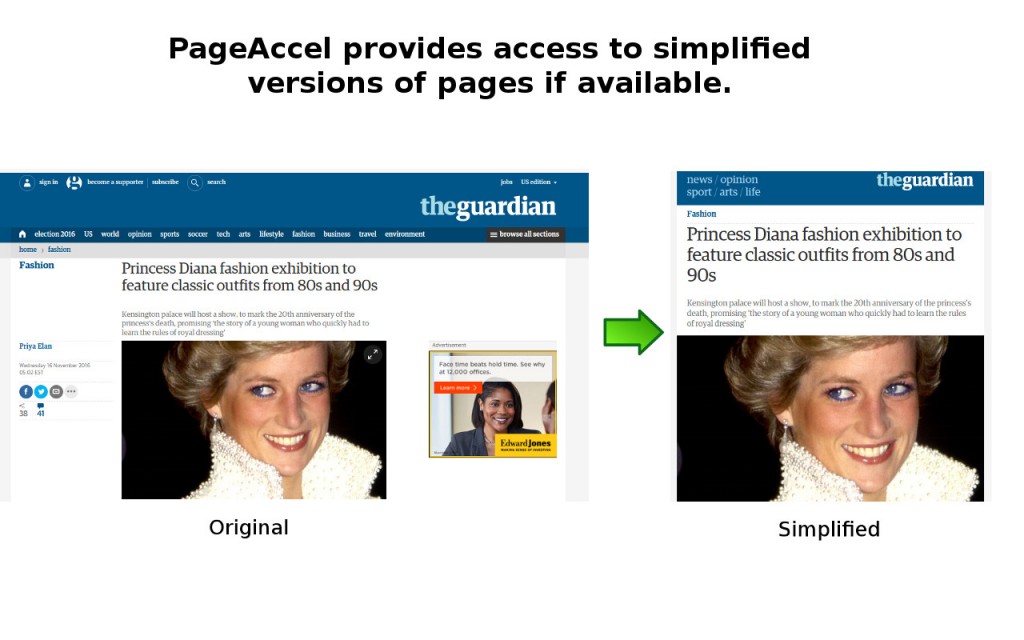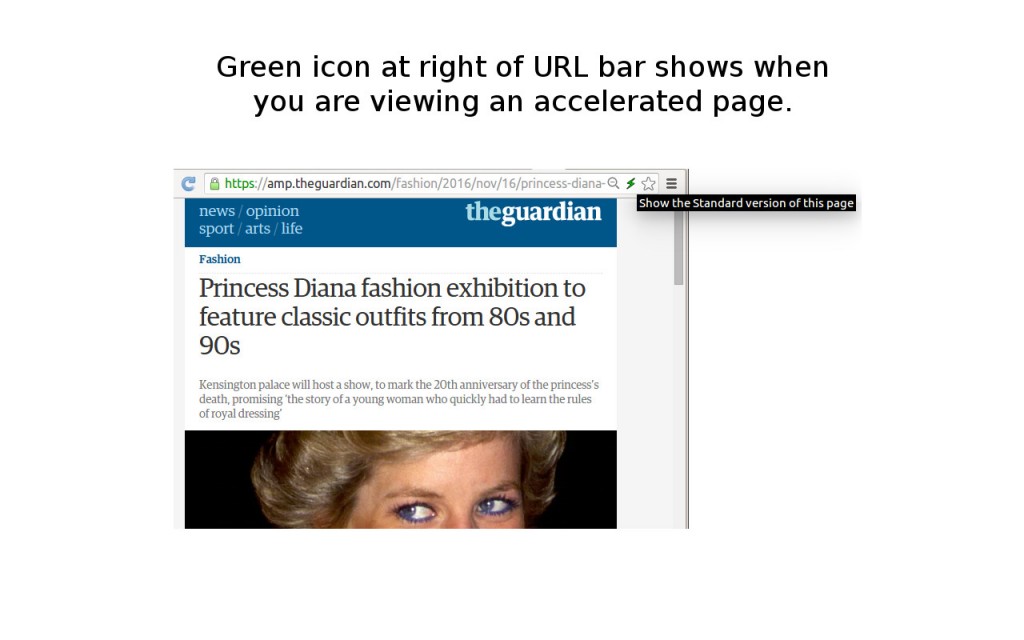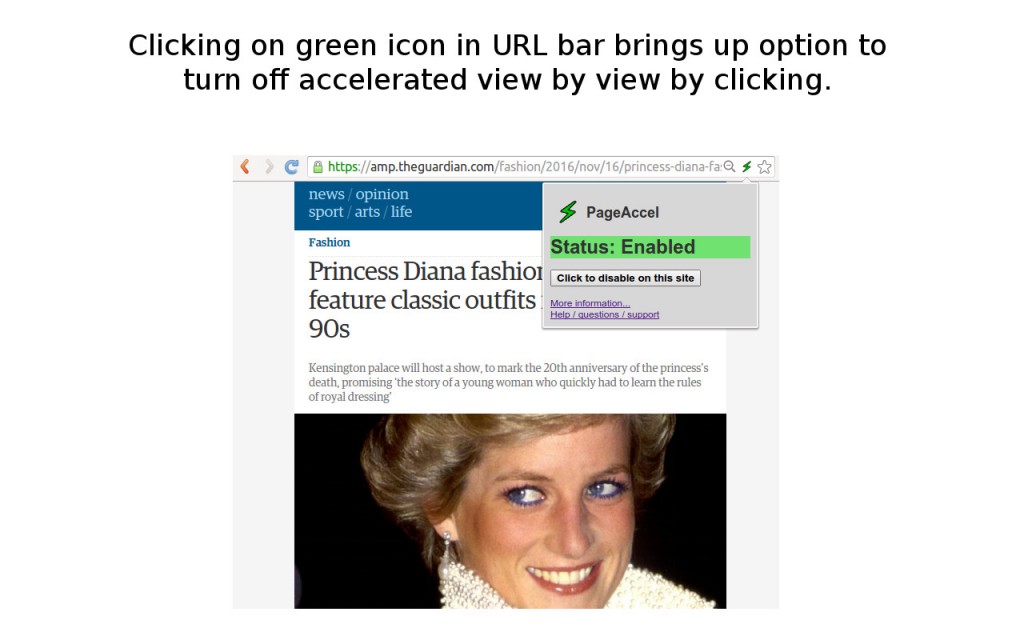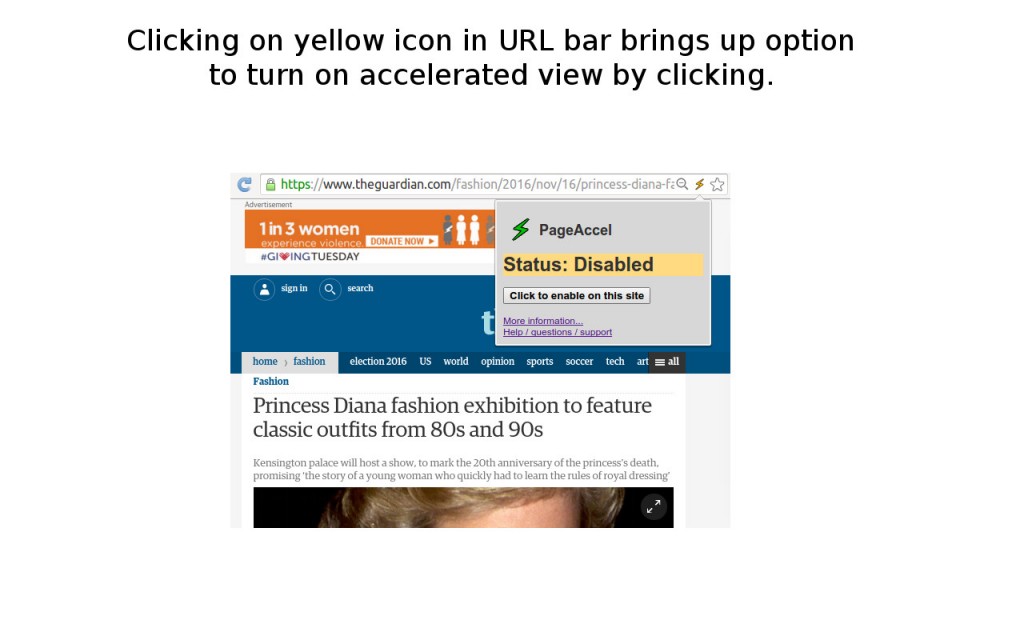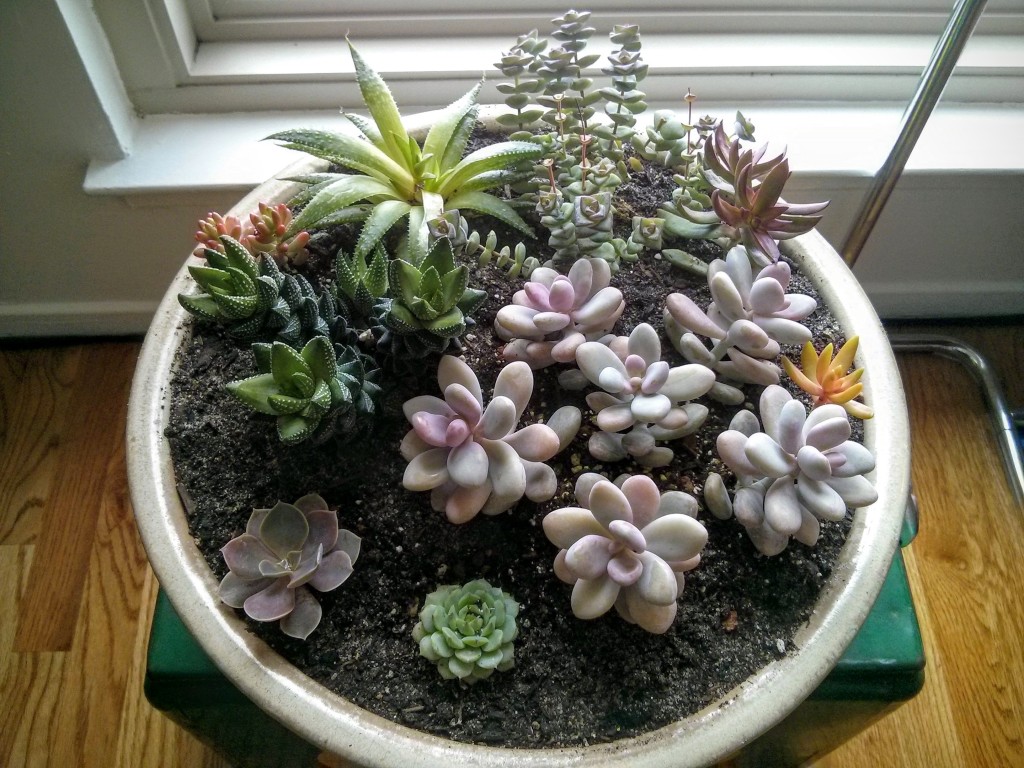We all get common colds from time to time; they’re no fun, but rarely life threatening. The common cold in humans is primarily caused by a family of viruses called rhinoviruses, of which there over ninety nine types, which makes finding a “common cure” for all of them unlikely. While no silver bullet cure is likely in sight, at least something to lessen the annoying symptoms would be nice: the cough, the runny nose, the headache, the body soreness, the fatigue.
Clearly, there are steps that one can take when already infected to lessen the intensity and duration of symptoms, including getting enough rest and drinking plenty of rehydrating liquids. As a former biologist, I’ve long been interested in how viruses operate in the body and how we can best treat them pharmacologically (with drugs). While there are many over-the-counter remedies marketed to us, today I became very interested in what drugs I should be reaching for to keep me the happiest when a common rhinovirus has made its home in my sinuses. Which drugs should I purchase that have been proven by scientific study to actually help with cold symptoms, rather than being clever medicinal cocktails that simply sound great in marketing material?

A scientific, evidence-based checklist for treating the common cold with drugs
I’ve put together some very straightforward guidelines for what to do and take when needing relief:
- Begin treatment as soon as you notice cold symptoms
- Take a sustained-release first generation anti-histamine
- Take a nonsteroidal anti-inflammatory (NSAID)
- Continue taking these every 12 hours until cold symptoms go away
- Add an oral decongestant if the anti-histamine and NSAID treatment does not relieve symptoms
All of these pointers came directly from www.commoncold.org, a website with comprehensive yet digestible scientific evidence-based information about the common cold, prevention tips, and treatments. The site has been put together by two medical doctors who specialize in virology and infectious diseases. See their credentials here and here. These tips come from published, peer-reviewed clinical trials, not just anecdotes, “common knowledge”, or hearsay.
Let’s go through the most interesting recommendations one by one and pick them apart.
Begin treatment as soon as you notice cold symptoms
This may be obvious to some people, but for others: the facts here are that “cold symptoms appear as early as 10 hours after a cold infection has started and increase in frequency and severity for 48 hours. After 48 hours, the symptoms usually begin to decline as the result of the natural course of the illness. For this reason, a cold treatment will do the most good when taken at the first recognition of symptoms. The treatment is thus applied over the period when most illness is expected (the first 3 days of infection).”
Another reason to treat early is that nose blowing is very likely to cause sinus disease in colds, and early treatment reduces the frequency of nose blowing by reducing nasal mucous.
A third reason (if you didn’t have enough already) is that the majority of common cold sufferers have clogging of the eustachian tubes between the ar and the throat, which may reduce the frequency of complications involving ear infections.
Take a sustained-release first generation anti-histamine
This one was the big news to me. I had previously thought that no anti-histamines would help reduce symptoms of the common cold, but it turns out that the first generation of anti-histamines can actually reduce symptoms. The first generation of anti-histamines are known as sedating; they often cause drowsiness as a side effect. (References 1, 2, 3)
I have a hard time finding them in stores, but they include:
- chlorpheniramine (Chlortabs, etc)
- brompheniramine (Bromfed, Dimetapp, Bromfenex, Dimetane, BPN, Lodrane, etc)
- clemastine (Tavist)
They have all been shown to be effective in randomized, double-blind studies and sustained-release versions of them are the most effective.
Important: second generation anti-histamines, those which are non-drowsy, are not as effective as the first generation.
Take a nonsteroidal anti-inflammatory drug
We know these as NSAIDs, perhaps the most popular being Ibuprofen. NSAIDs are great for pain relief, inflammation, and fever, which often accompany nasal discomfort (Reference 5). Not as much research has gone into this area, but there are some clinical trials for using NSAIDs for the common cold.
Add an oral decongestant if the anti-histamine and NSAID treatment does not relieve symptoms
Decongestants shrink the tiny blood vessels in the nose, which are most at fault for causing nasal congestion. Nasal sprays work wonders very quickly, but wear off fast and can cause burning. Taking oral decongestants are less powerful and don’t work as quickly, but don’t cause as much discomfort. They are safe in recommended doses, even for those with high-blood pressure, but they typically don’t work for more than three days straight. (Reference 6).
What doesn’t work
There are plenty of items to buy at the nearby Walgreens, and plenty of medication that your doctor can give you that will NOT work for treating the common cold.
- Cough medicine
- Expectorants
- Vitamin C mega-doses
- Antibiotics
Let’s pick these claims apart, too.
Cough medicine
Medicines that work have well-documented clinical trials showing that they work; cough medicines have little such documented medical trials for in colds. It’s no surprise that few studies showing high effectiveness show up in medical journals – they are not effective, at least not at the doses which are safe for us to take.
Expectorants
Expectorants help with thinning mucous, which can help to prevent secondary infection. But they do little to help with the primary viral infection of the common cold. At best, they help with cough, but their effectiveness is mixed.
The Vitamin C myth
“There have been at least twenty well controlled studies on the use of mega doses of vitamin C in the prevention of colds, the treating the duration of colds, and in treatment of the severity of colds, and in none of those instances has there been any, really good evidence that vitamin C in mega doses does anything.” – Dr. Marvin Lipman, NPR
So why do people so adamantly believe that a mega-dose of vitamin C is an effective treatment for the common cold? For one, vitamin C is good for you – very good for you. Most people believe that if something is good for you, more of it must be better. However, this isn’t really based in any kind of real science – about 200mg is all the body can absorb per day. Perhaps equally (if not more convincing) is the placebo effect – the psychological effect (but not truly physical effect) of drugs. In other words, if you want to take a mega-dose of vitamin C, go ahead – but just know that it is not treating your symptoms.
Antibiotics
Antibiotics are some of the worlds greatest medicines – many of them exist on the list of the World Health Organizations list of Essential Medicines. However, they are useful to destroy bacteria, not viruses. Common colds are caused by viruses, and no dose or type of antibiotic known to medical doctors or researchers destroys viruses. Let me be clear – your doctor might prescribe antibiotics for something that feels like a virus – but know that your doctor is prescribing it to clean up a bacterial infection (which they may feel in their professional opinion is causing your symptoms). You may not have a common cold, after all. I’ll not get into antibiotic over-prescription here; that is a huge topic on its own.
Extra references
I included some references without direct web urls.
1. Doyle, W.J., T.P. McBride, D.P. Skoner, B.R. Maddern, J.M. Gwaltney, Jr., and M. Uhrin. 1988. A double-blind, placebo-controlled clinical trial of the effect of chlorpheniramine on the response of the nasal airway, middle ear and eustachian tube to provocative rhinovirus challenge. Pediatric Infectious Disease Journal. 7:229-238.
2. Gwaltney, J.M.Jr., J. Paul, D.A. Edelman, R.R. O’Connor, and R.B. Turner. 1996. Randomized controlled trial of clemastine fumarate for treatment of experimental rhinovirus colds. Clin. Infect Dis. 22:656-662.
3. Gwaltney, J.M., Jr., and H.M. Druce. 1997. Efficacy of brompheniramine maleate for the treatment of rhinovirus colds. Clinical Infectious Diseases. 25:1188-1194.
4. Gaffey, M.J., D.L. Kaiser, and F.G. Hayden. 1988. Ineffectiveness of oral terfenadine in natural colds: evidence against histamine as a mediator of common cold symptoms. Pediatric Infectious Disease Journal. 7:223-228.
5. Insel, P.A. 1996. Analgesic-antipyretin and antiinflammatory agents and drugs employed in the treatment of gout. In Goodman and Gilman’s The Pharmacological Basis of Therapeutics, 9th ed. J.G. Hardman, L.E. Limbird, P.B. Molinoff, R.W. Ruddon, and A.G. Gilman, editors. McGraw Hill, New York. 617-657.
6. Hoffman, B.B., and R.J. Lefkowitz. 1996. Catecholamines, sympathomimetic drugs, and adrenergic receptor antagonists. In Goodman and Gilman’s The Pharmacological Basis of Therapeutics, 9th ed. J.G. Hardman, L.E. Limbird, P.B. Molinoff, R.W. Ruddon, and A.G. Gilman, editors. McGraw Hill, New York. 199-248.
Read More
 . When you tap on these results, you will be directed to the corresponding AMP page within the AMP viewer.”
. When you tap on these results, you will be directed to the corresponding AMP page within the AMP viewer.”

